Home>Storage Ideas>Kitchen Storage>5 Rules For Organizing An Overflowing Kitchen Cabinet
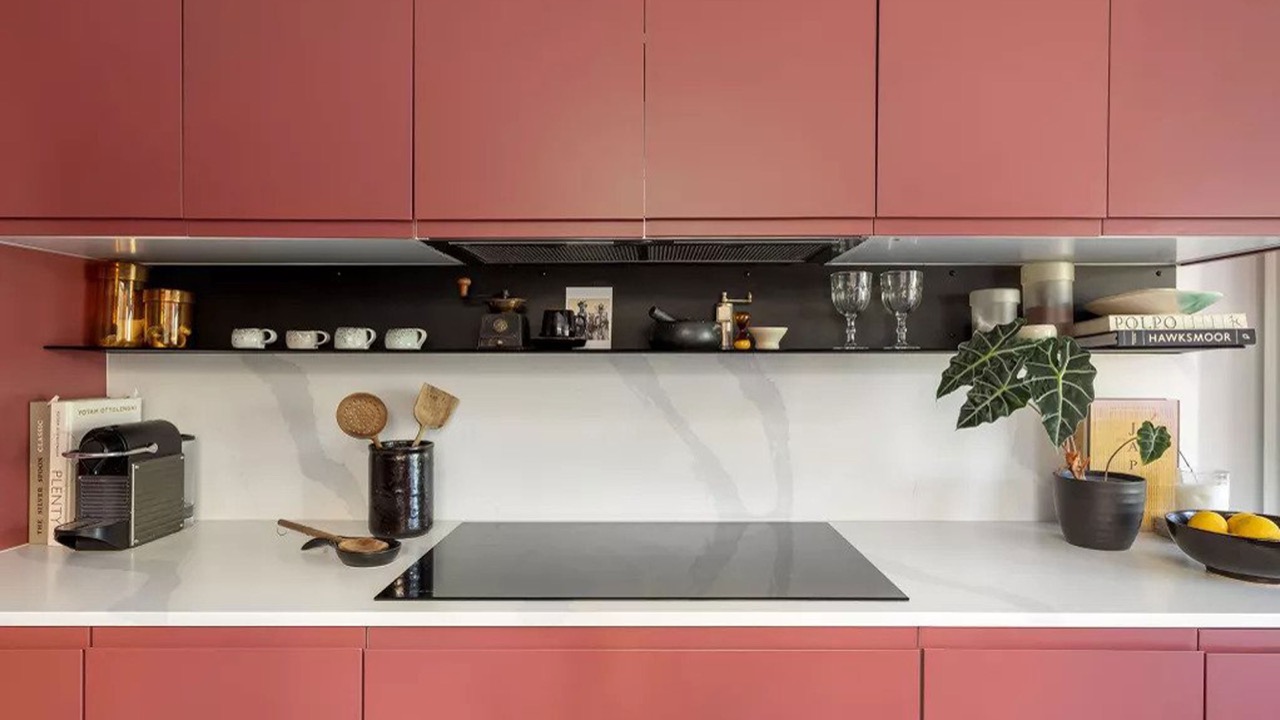

Kitchen Storage
5 Rules For Organizing An Overflowing Kitchen Cabinet
Modified: January 19, 2024
Discover 5 essential kitchen storage ideas to tackle an overflowing cabinet. Transform your cluttered space into an organized oasis with these easy-to-follow rules.
(Many of the links in this article redirect to a specific reviewed product. Your purchase of these products through affiliate links helps to generate commission for Storables.com, at no extra cost. Learn more)
Introduction
Welcome to the wonderful world of kitchen storage ideas! If you find yourself struggling to navigate through an overflowing and cluttered kitchen cabinet, fear not. I am here to guide you with five simple rules that will help you organize your kitchen storage space like a pro.
In a bustling kitchen, it’s easy for cabinets to become a dumping ground for various items. From pots and pans to utensils and food containers, the chaos can quickly take its toll on your sanity. By implementing these five rules, you will transform your kitchen cabinet from a disorganized disaster to a well-arranged and efficient storage space.
So, roll up your sleeves, put on your organizing hat, and let’s dive into the ultimate guide for kitchen cabinet organization.
Key Takeaways:
- Declutter ruthlessly, categorize efficiently, and maximize vertical space to transform your chaotic kitchen cabinet into an organized and functional storage space.
- Regular maintenance is key to sustaining an organized cabinet. Clean, purge, and adjust regularly to maintain an efficient system that works for you and your kitchen.
Read more: Shelf Liner Rolls To Organize Your Cabinets
Rule 1: Reduce Clutter
The first step to achieving a well-organized kitchen cabinet is to eliminate unnecessary clutter. Start by taking everything out of the cabinet and assess each item. Ask yourself if you really need it, if it’s broken or damaged beyond repair, or if it’s something you haven’t used in years. Be ruthless in your decluttering process.
Once you’ve made your decisions, sort the items into three categories: keep, donate/sell, and throw away. The “keep” category should consist of items that you use regularly and truly need. The “donate/sell” category is for items that are still in good condition but no longer serve a purpose in your kitchen. The “throw away” category is for items that are broken, expired, or beyond salvageable.
By reducing clutter, you’ll not only free up valuable space in your kitchen cabinet but also make it easier to find the items you actually need. Decluttering is like giving your kitchen cabinet a fresh start.
As you put the “keep” items back into the cabinet, consider their frequency of use. Place the most frequently used items in easily accessible spots, while less commonly used items can be stored in higher or lower shelves.
Remember, the key to reducing clutter is to regularly revisit your kitchen cabinet and reassess the items in it. Set aside time every few months to declutter and organize. It’s a continuous process, but one that will keep your kitchen cabinet tidy and functional.
Now that you’ve tackled the clutter, let’s move on to the next rule: categorizing items.
Rule 2: Categorize Items
Once you’ve decluttered your kitchen cabinet, it’s time to categorize the items to make them easier to find and access. Categorizing items will not only streamline your storage system but also ensure that everything has a designated place.
Start by grouping similar items together. For example, all your pots and pans can be placed in one section, while your baking supplies can have their own designated area. Categorizing can be done based on functionality, size, or usage frequency – choose a system that works best for you and your kitchen needs.
Consider using storage containers or bins to further organize your categorized items. These containers will keep things neat and prevent smaller items from getting lost in the depths of your kitchen cabinet. You can even label the containers for easy identification.
Another helpful tip is to designate specific shelves for each category. By doing so, you’ll always know where to find what you need. For example, reserve the top shelf for rarely used items or seasonal items, the middle shelf for everyday cooking essentials, and the bottom shelf for heavier pots and pans.
If you have limited cabinet space, consider utilizing other areas in your kitchen to store certain items. Hang pots and pans on a pot rack or install hooks on the wall for utensils. This will help free up valuable cabinet space and make your kitchen feel more organized.
Remember, the goal of categorizing items is to make your kitchen cabinet more efficient and user-friendly. Being able to easily locate and access the items you need will save you time and frustration in the long run.
Now that you’ve organized your items, let’s move on to maximizing the vertical space in your kitchen cabinet.
Rule 3: Maximize Vertical Space
When it comes to optimizing kitchen cabinet storage, don’t forget to utilize the often overlooked vertical space. By maximizing the vertical space, you can effectively double or even triple the storage capacity of your cabinet.
Start by installing adjustable shelves. Most kitchen cabinets come with fixed shelves, but by adding adjustable ones, you can customize the spacing according to the height of your items. This way, you can make the most of the vertical space and accommodate items of different sizes.
Consider using stackable storage solutions for items like plates, bowls, and containers. These stackable shelf or drawer organizers allow you to efficiently use the height of your cabinet while keeping your items neatly stacked and easily accessible.
Another clever way to maximize vertical space is by using cabinet door organizers. These organizers often come in the form of hanging baskets or racks that can be mounted on the interior side of your cabinet doors. They provide additional storage for items like spices, condiments, or cleaning supplies, keeping them within reach and freeing up space on your shelves.
If you have taller items, such as cutting boards or baking sheets, utilize the space between the shelves by adding dividers or using tension rods to create vertical compartments. This will prevent these items from toppling over and wasting space.
Remember to make use of the space on top of your cabinets as well. This area can be used to store infrequently used items or decorative pieces. Just be sure to keep it tidy and organized to maintain the overall aesthetic of your kitchen.
By maximizing the vertical space in your kitchen cabinet, you’ll make the most of the available storage area and create a more efficient and organized kitchen.
Now that we’ve tackled the vertical space, let’s move on to the fourth rule: utilizing organizational tools.
1. Start by decluttering and getting rid of items you no longer use or need.
2. Use shelf risers and organizers to maximize vertical space.
3. Group similar items together for easy access.
4. Utilize door-mounted racks for additional storage.
5. Consider using clear containers or labels to keep everything organized and visible.
Rule 4: Utilize Organizational Tools
To maintain a well-organized kitchen cabinet, it’s essential to take advantage of various organizational tools that can help streamline your storage system and keep everything in its rightful place.
One of the most versatile organizational tools is the humble storage bin or basket. These can be used to corral small items like spices, packets, or utensils, keeping them together and preventing them from getting lost or creating clutter. Choose bins or baskets that fit the dimensions of your cabinet shelves, and consider using clear ones for easy visibility.
Drawer dividers are another handy tool that can work wonders for your kitchen cabinet. They are perfect for keeping cutlery, measuring spoons, or small gadgets neatly separated and easily accessible. With dividers, you can efficiently utilize drawer space and eliminate the frustration of rummaging through tangled utensils.
Consider installing rollout shelves or pull-out baskets in your lower cabinets. These provide easy access to items stored at the back, making it a breeze to retrieve and put away larger items like pots, pans, or small appliances. Rollouts can also be used for storing cleaning supplies, making them readily available for quick cleanups.
For those pesky lids that always seem to create chaos, invest in a lid organizer. These can be mounted on the inside of cabinet doors or installed vertically, creating designated spaces for lids. This simple solution will save you from the hassle of digging through a pile of lids to find the one you need.
Another tool to consider is a spice rack or lazy Susan. These can be placed inside your cabinet, allowing you to easily access and view your assortment of spices without rummaging through a jumble of bottles.
Remember to measure your cabinet dimensions before purchasing any organizational tools to ensure they fit properly. Additionally, periodically reassess and adjust the organization tools as your storage needs may change over time.
Now that your kitchen cabinet is equipped with the necessary organizational tools, let’s move on to the final rule: maintaining regular maintenance.
Rule 5: Maintain Regular Maintenance
After putting in the effort to organize your kitchen cabinet, it’s essential to establish a routine for regular maintenance to keep your storage space in tip-top shape.
Schedule a regular cleaning session for your cabinet. Empty it out and wipe down the shelves and surfaces with a mild cleaning solution. This will help remove any dust, grime, or food residue that may have accumulated over time. Take this opportunity to also check for any expired food items and remove them.
As you clean, take note of any items that have become disorganized or out of place. Return them to their designated spots and readjust any organizational tools that may have shifted.
It’s also important to regularly audit your kitchen cabinet. Assess the items you have and determine if you still need them or if they can be donated or discarded. As our needs change, so does our kitchen equipment and gadgets. Regularly purging unnecessary items will help you maintain an organized and clutter-free cabinet.
Adjust the organization of your cabinet as needed. As your cooking habits evolve or your family’s needs change, you may find that certain items need to be rearranged or re-categorized. Stay flexible and make adjustments that suit your current situation.
Encourage everyone in your household to follow the organization system you’ve established. Communicate the designated places for each item and encourage everyone to put things back where they belong after use. This will help maintain the organization and prevent future chaos.
Finally, make it a habit to periodically assess the functionality of your storage system. If you find that a particular organizational tool is not working for you or an item is constantly causing trouble, don’t be afraid to make changes. The goal is to find a system that works seamlessly for you and your kitchen.
By incorporating regular maintenance into your routine, you’ll ensure that your kitchen cabinet remains organized and efficient for the long haul.
With these five rules in mind; reducing clutter, categorizing items, maximizing vertical space, utilizing organizational tools, and maintaining regular maintenance, you’re now armed with the knowledge to transform your overflowing kitchen cabinet into a well-organized and functional storage space.
Remember, organizing your kitchen cabinet is an ongoing process. As your culinary adventures continue, adapt your storage system to meet your changing needs. Happy organizing!
Conclusion
Congratulations! You’ve reached the end of our comprehensive guide to organizing an overflowing kitchen cabinet. By following these five rules – reducing clutter, categorizing items, maximizing vertical space, utilizing organizational tools, and maintaining regular maintenance – you are well on your way to creating a functional and tidy kitchen storage space.
Organizing your kitchen cabinet requires time and effort, but the benefits are worth it. By decluttering and categorizing your items, you’ll not only free up valuable space but also be able to find what you need quickly and efficiently. Maximizing the vertical space with adjustable shelves and utilizing organizational tools such as storage bins, dividers, and pull-out shelves will further optimize your storage capacity.
Remember, maintaining regular maintenance is key to sustaining an organized and clutter-free cabinet. Regular cleaning sessions, purging unused items, and adjusting the organization as needed will help you maintain an efficient system that works for you and your kitchen.
Whether you’re a cooking enthusiast, a busy parent, or simply someone looking to bring order to their kitchen, implementing these rules will transform your overflowing kitchen cabinet into a well-organized and functional space.
So, put on your organizing hat, roll up your sleeves, and get started on creating the kitchen cabinet of your dreams. With a little effort and a lot of determination, you can achieve the organized kitchen you’ve always desired.
Here’s to a clutter-free and harmonious kitchen! Happy organizing!
Frequently Asked Questions about 5 Rules For Organizing An Overflowing Kitchen Cabinet
Was this page helpful?
At Storables.com, we guarantee accurate and reliable information. Our content, validated by Expert Board Contributors, is crafted following stringent Editorial Policies. We're committed to providing you with well-researched, expert-backed insights for all your informational needs.

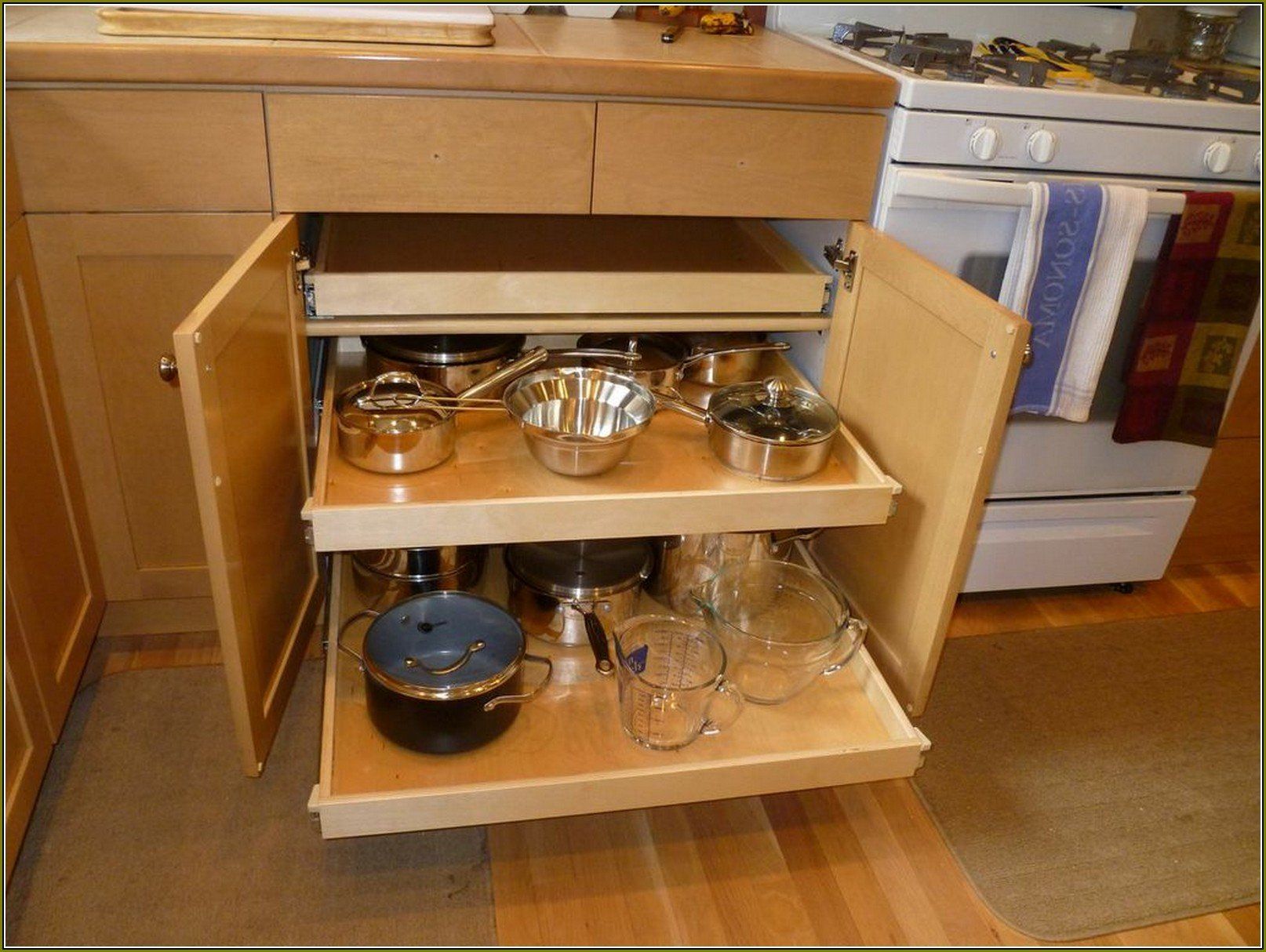
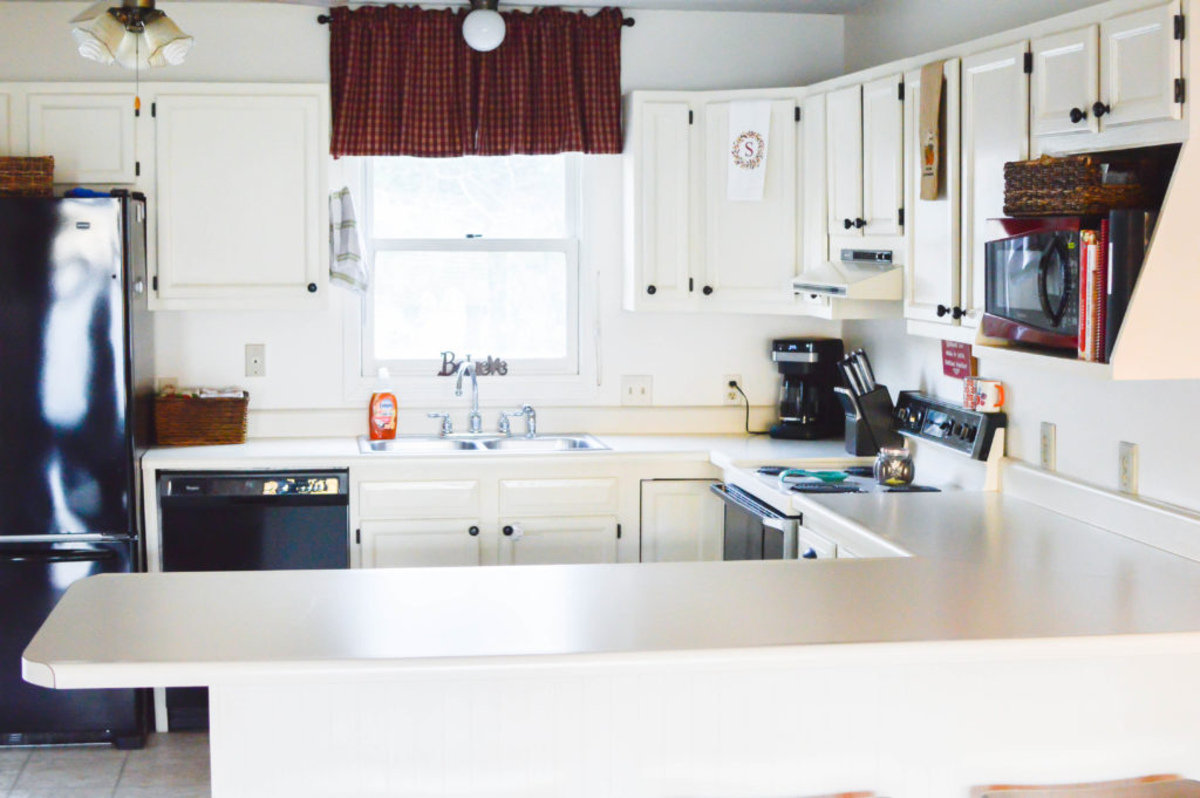
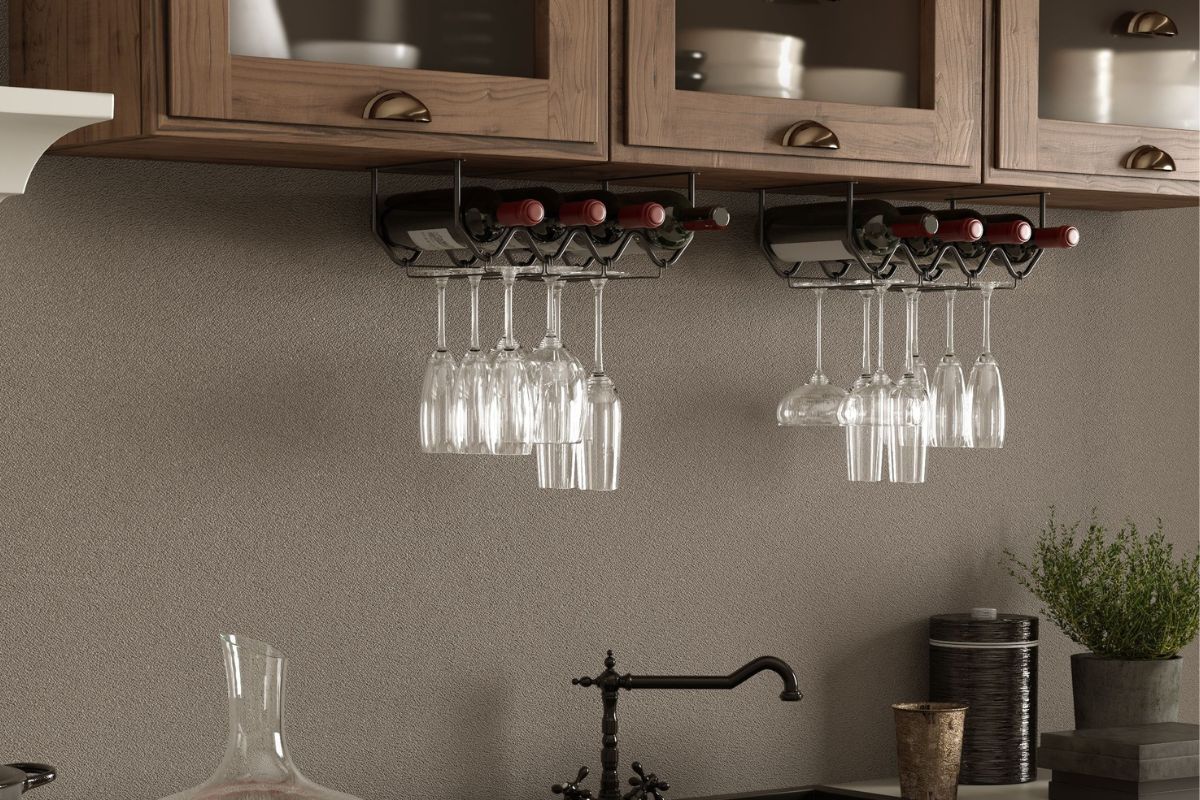
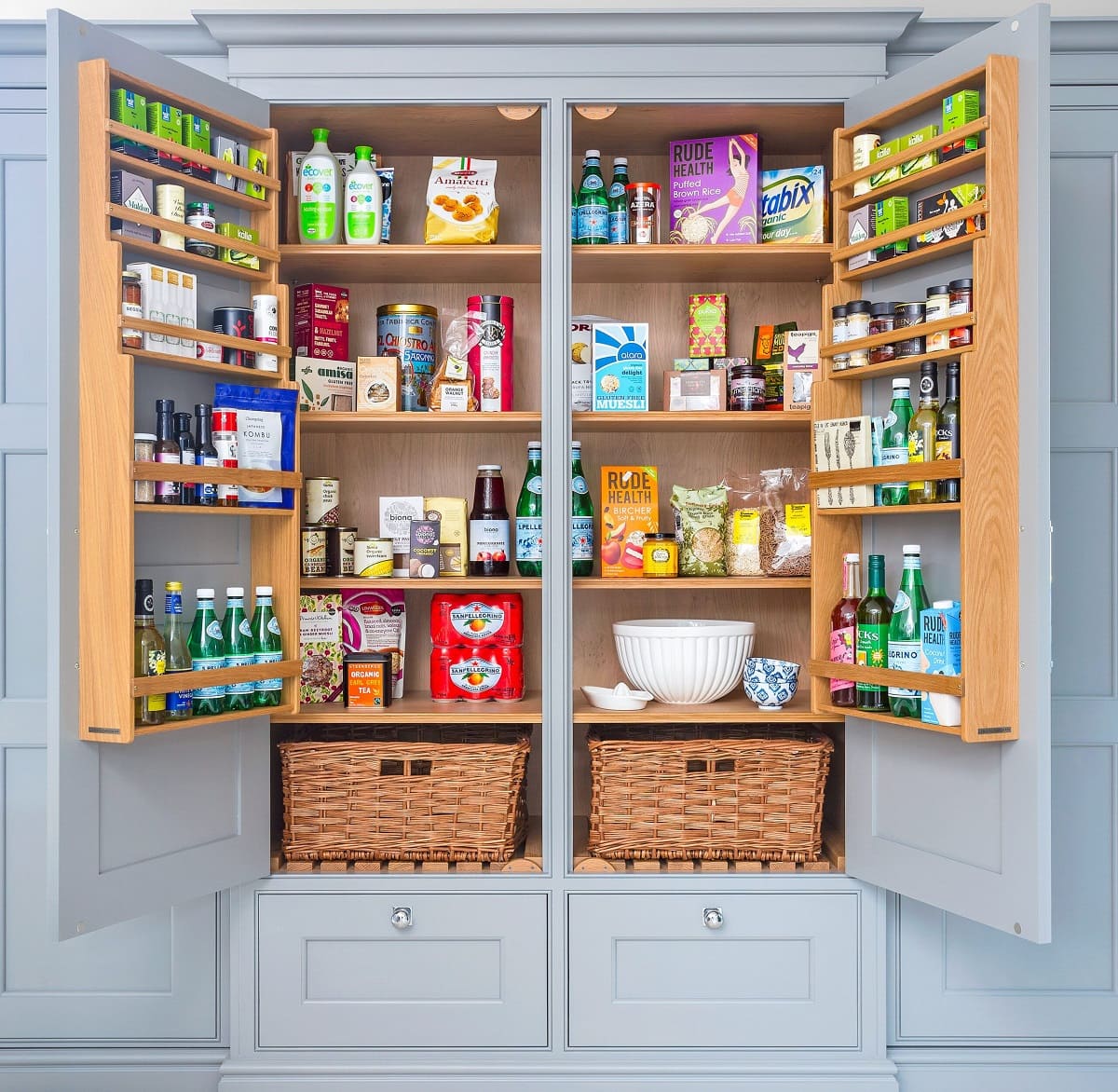
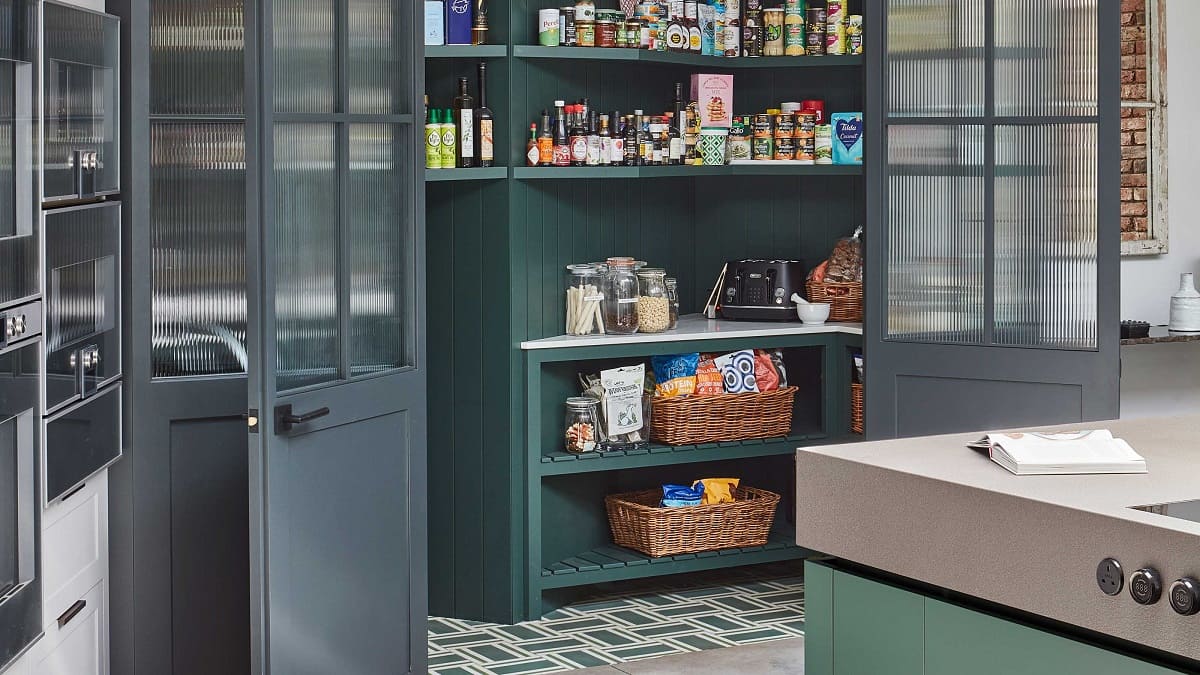
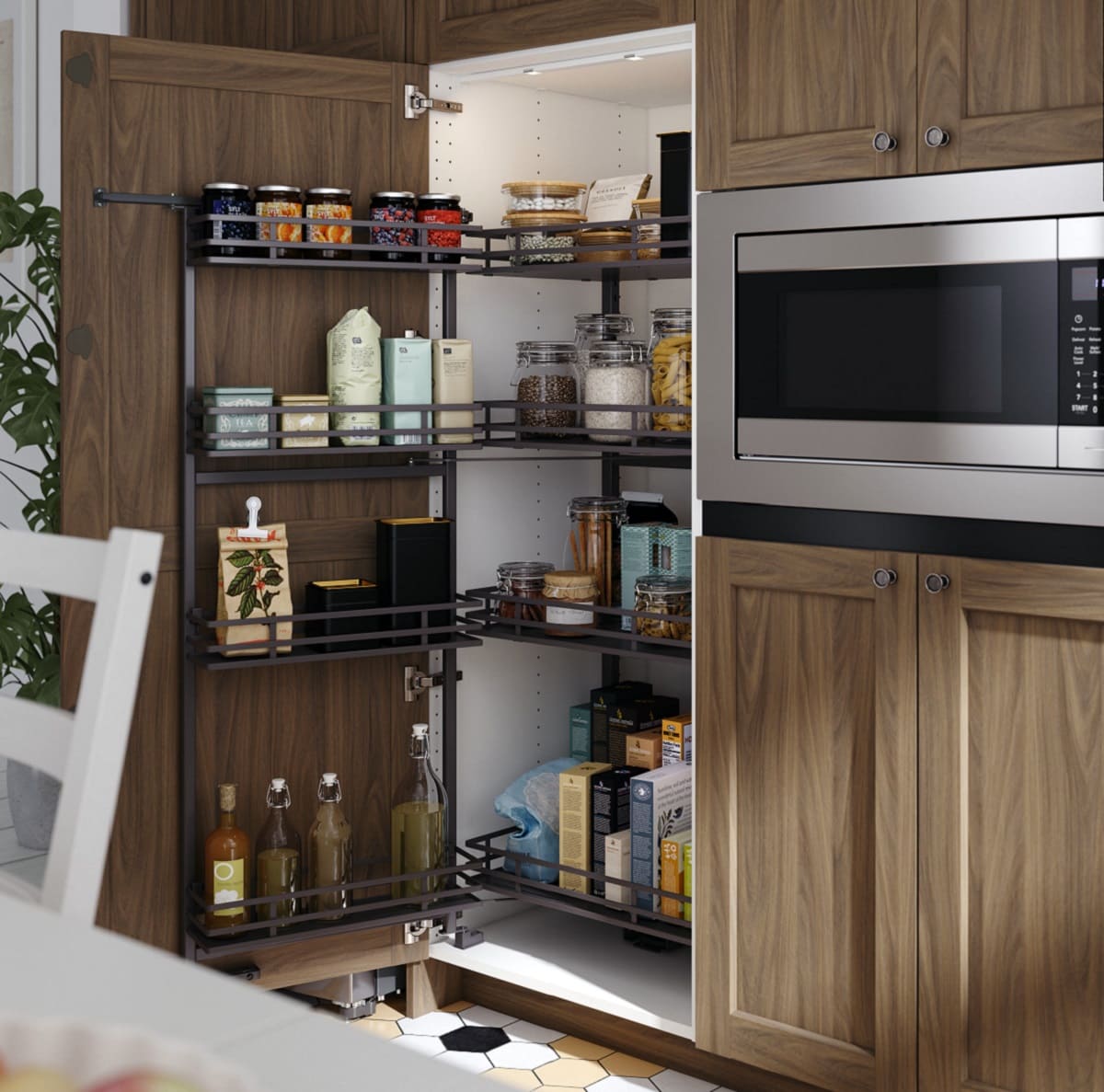
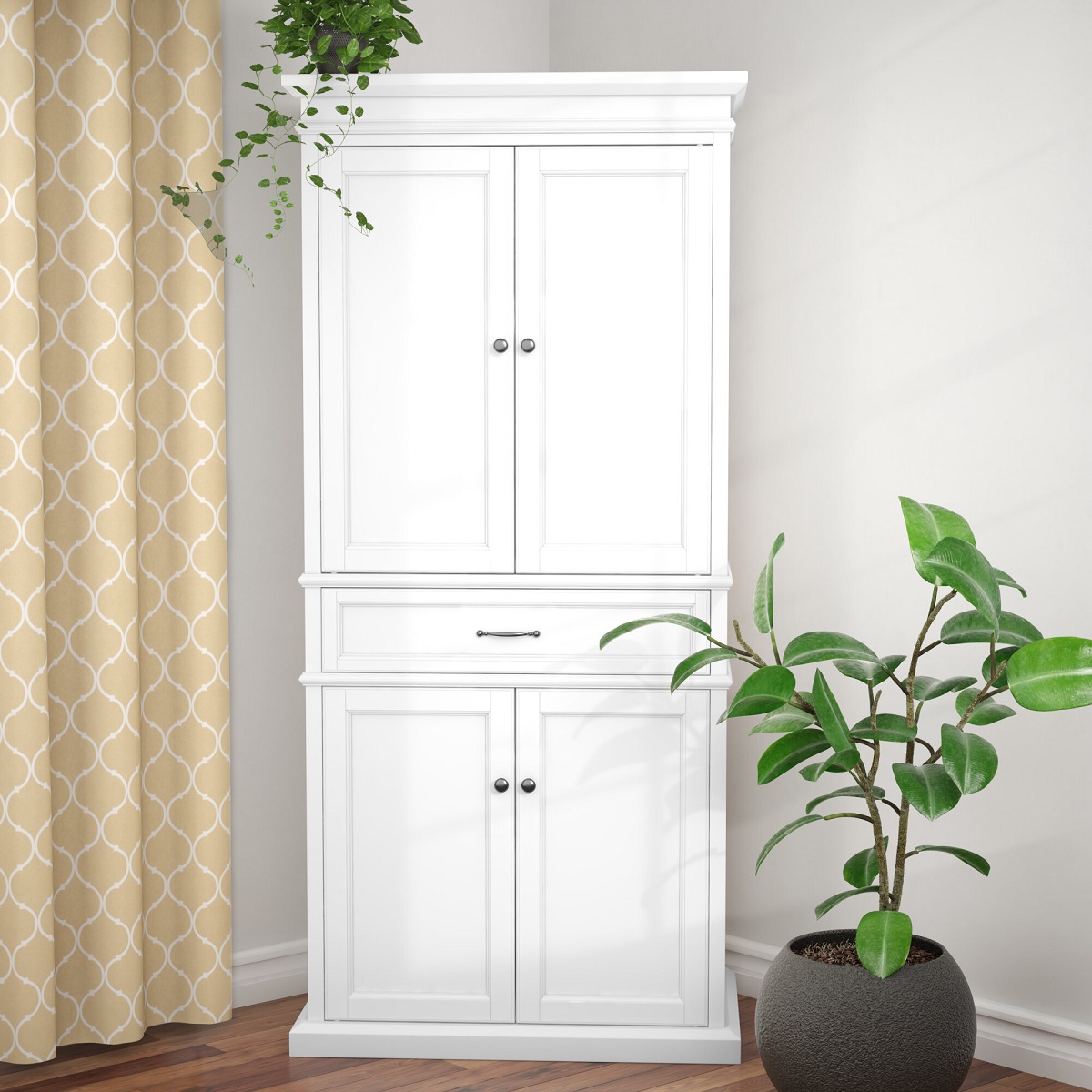
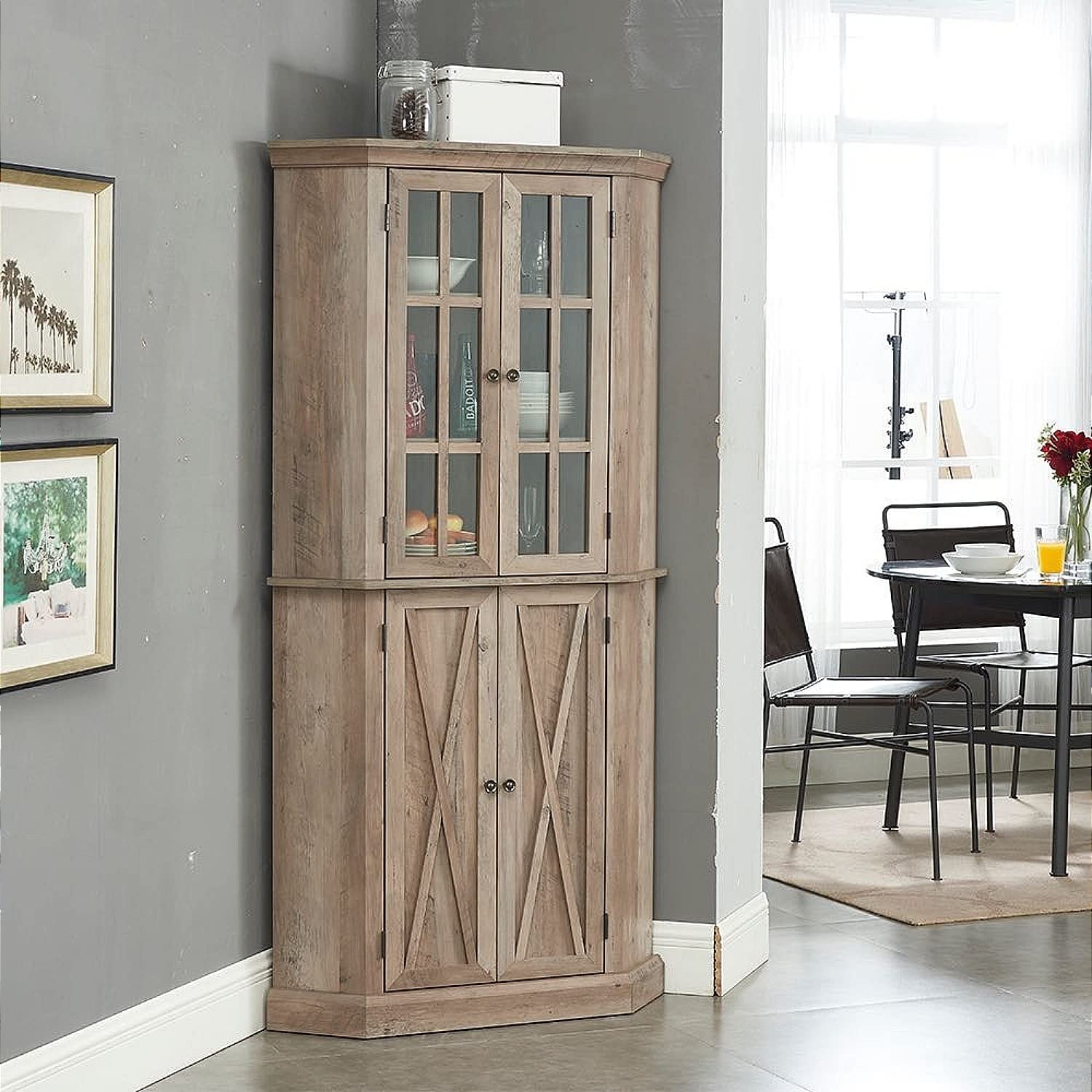
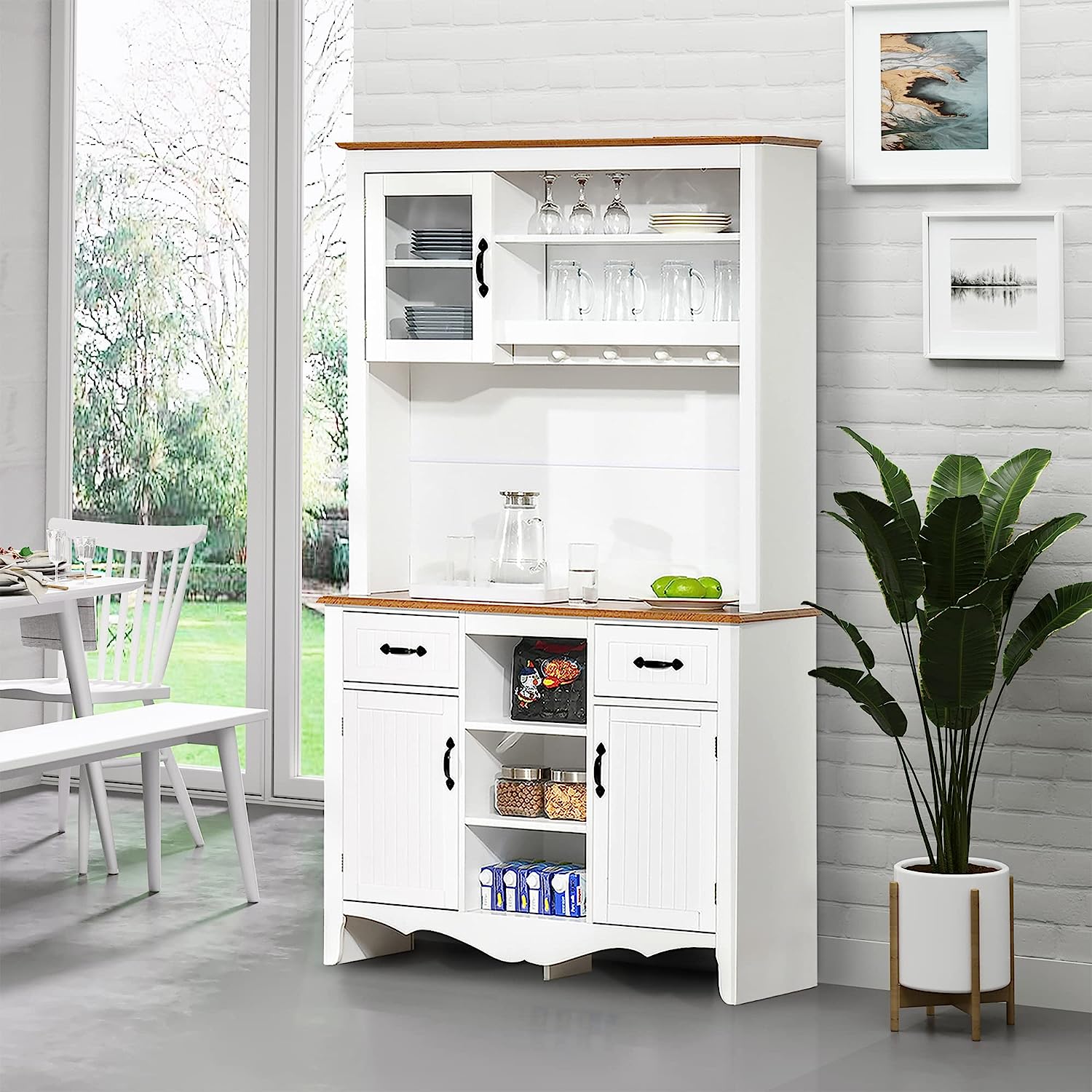
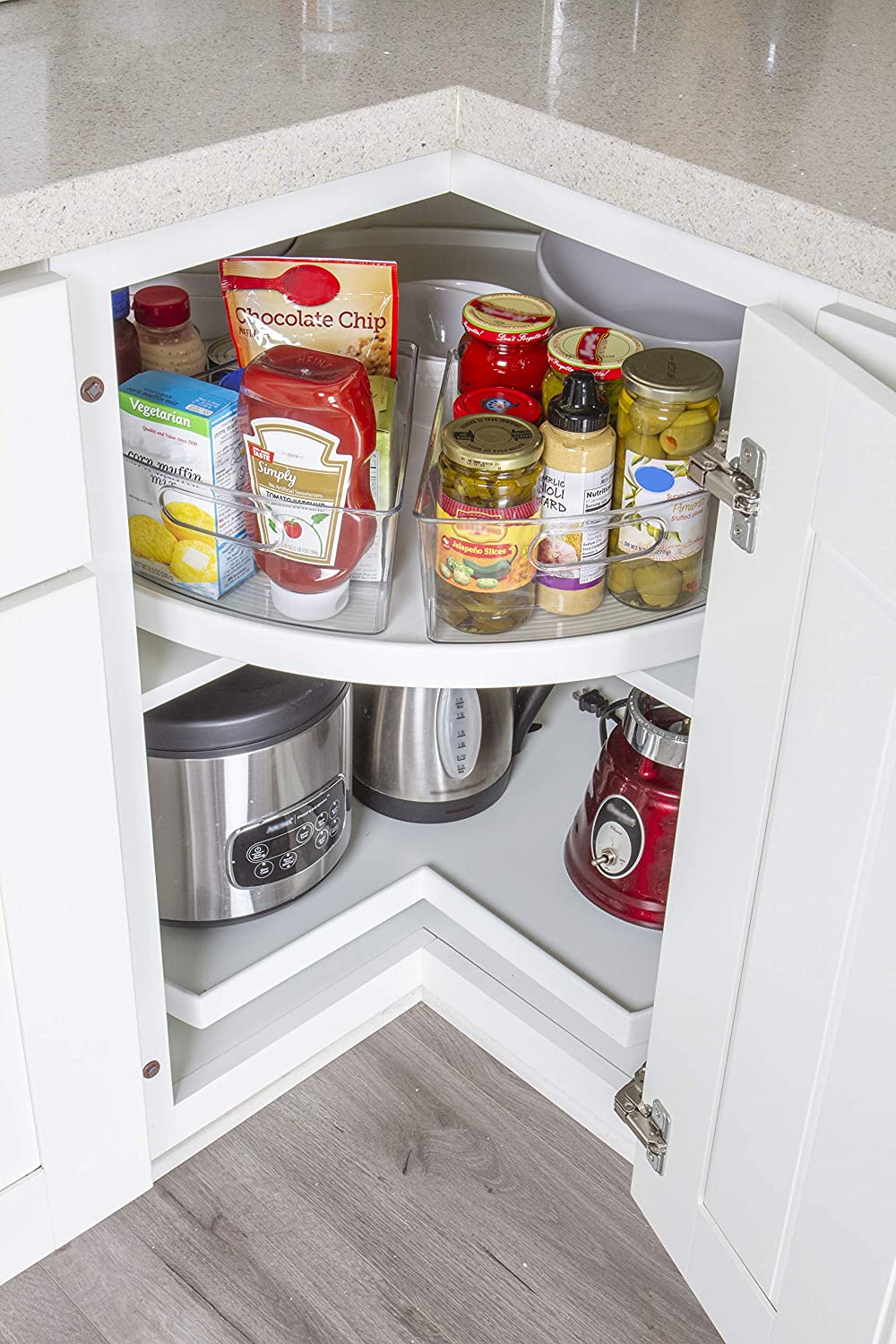
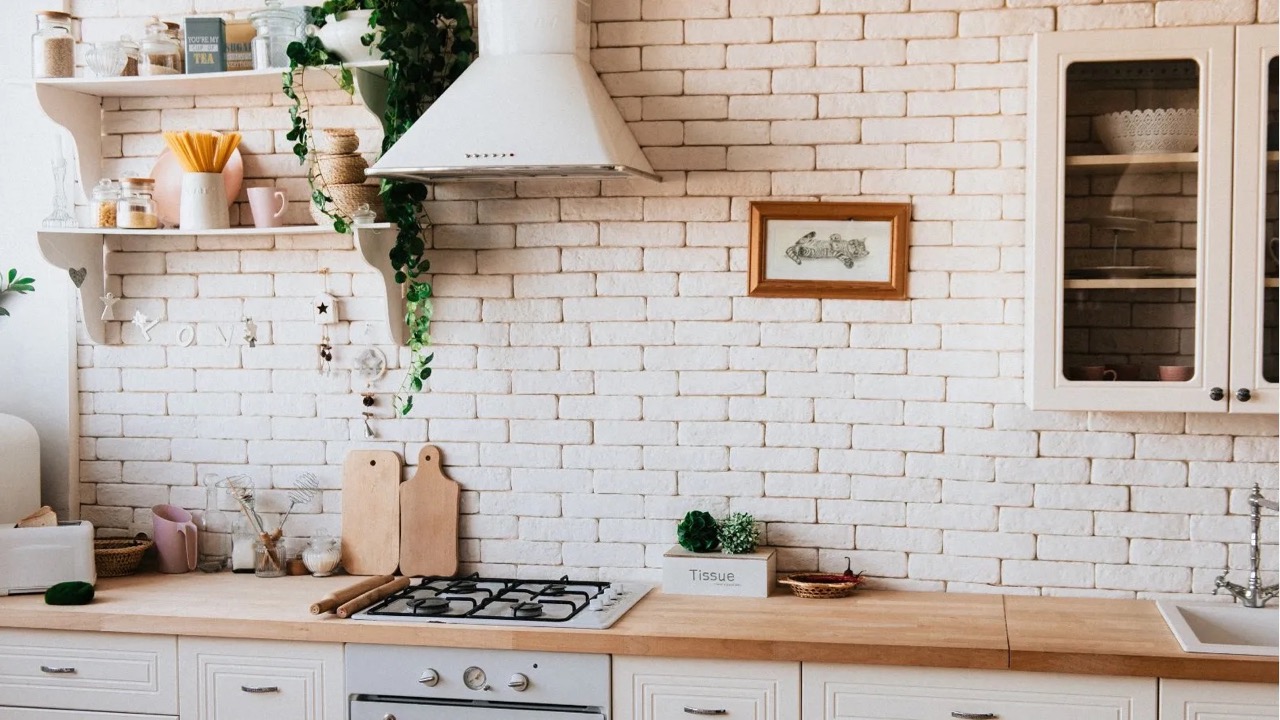

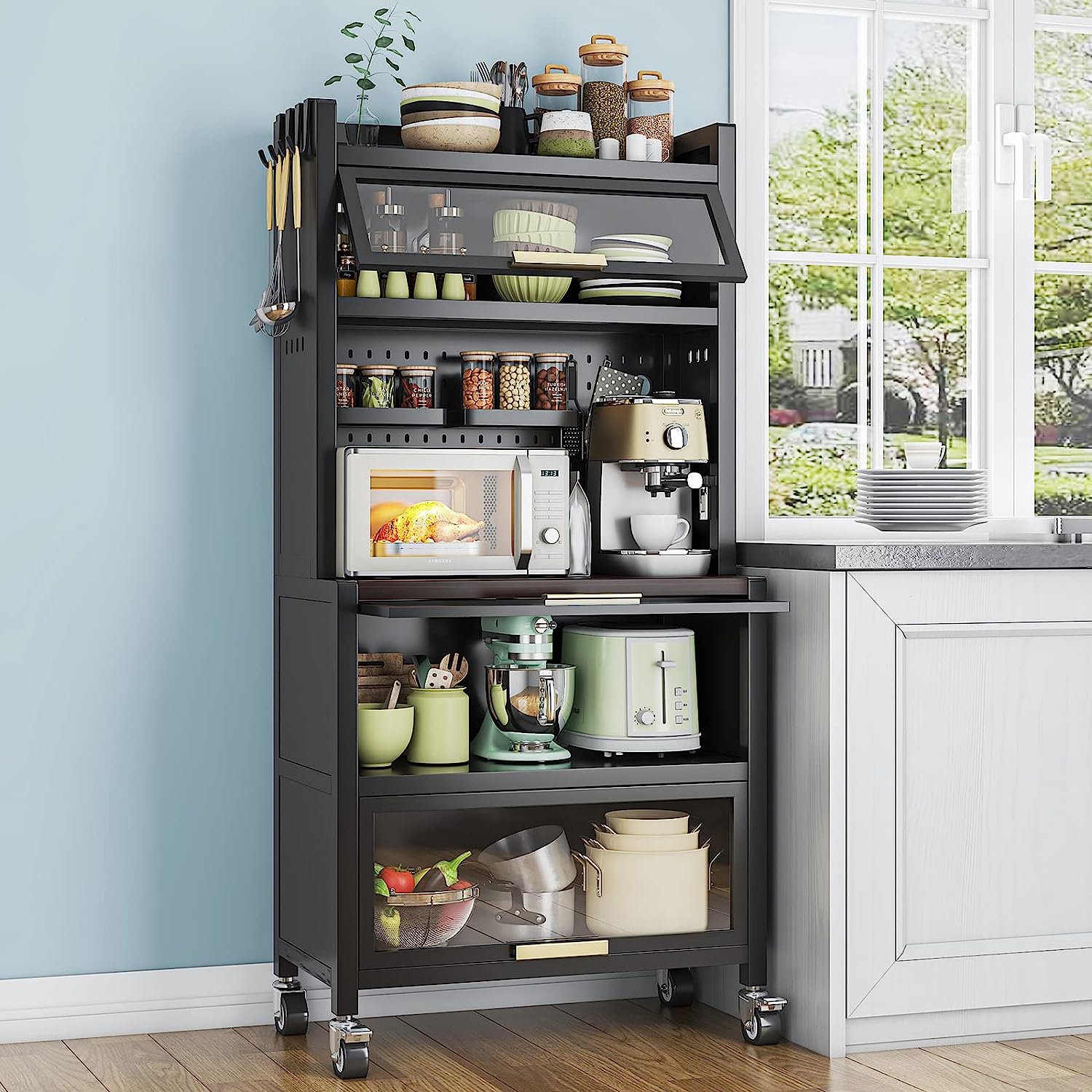

0 thoughts on “5 Rules For Organizing An Overflowing Kitchen Cabinet”